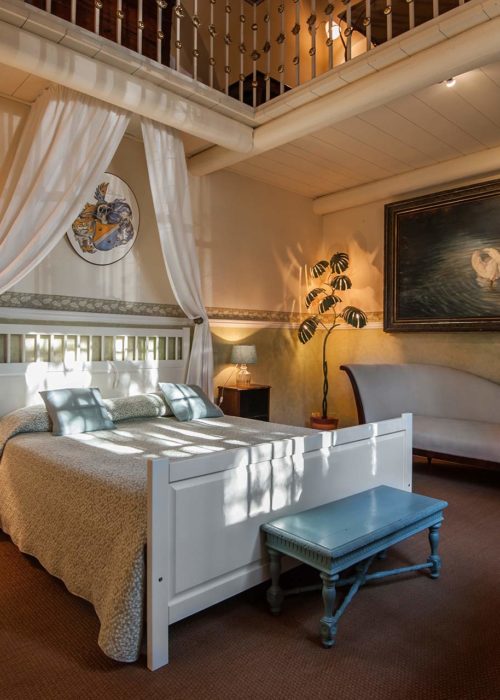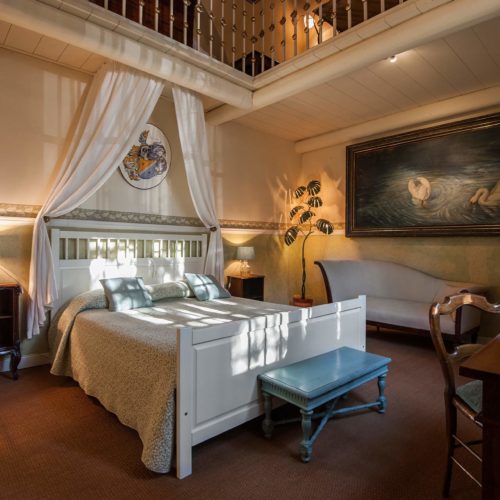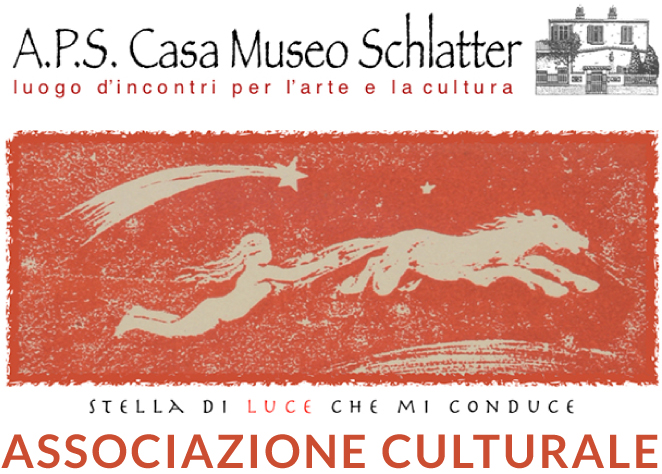Attention the site is being created/ work on progress!!
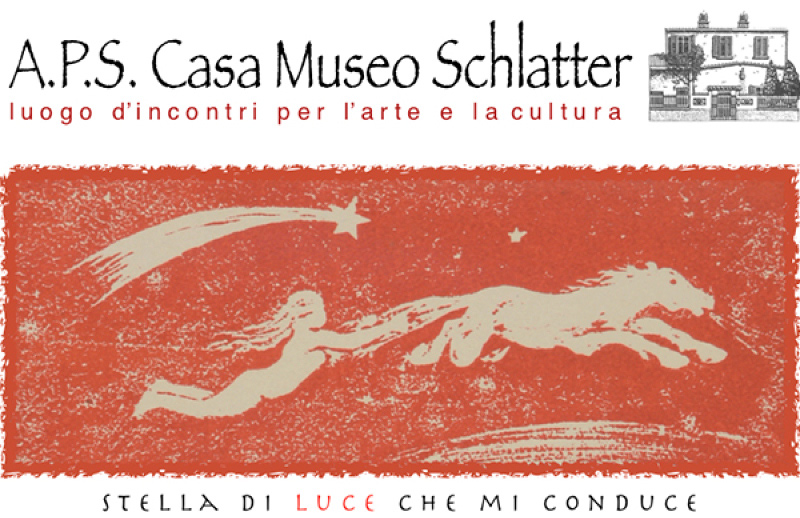
The association was founded in August 2019 and had the great honor of being presented, a few months later, at Palazzo Vecchio by the Alderman for Tourism Cecilia Del Re and by the Alderman for Culture Tommaso Sacchi.
The purpose of the association is to give visibility and voice to the work and thought of the artist Carlo Adolfo Schlatter, painter, engraver and theosophist; a heritage of works of art and intellectuals remained enclosed and hidden in the private and intimate reality of his atelier.
The principles of spirituality he matured from his youth, due to the dramatic events linked to the events of the unification of Italy, in which the family became involved, and later landed in Theosophy, determined his uncompromising position with respect to the trade of art and repulsion to clients, in order to maintain the right intellectual independence and creative freedom.
This position, supported also with sacrifice and finally made explicit in his spiritual testament, has ensured that his work remained a whole unicum, within the family, over 350 creations, including paintings, engravings and manuscript and illustrated books. mystic, far from social conventions, he wanted his creativity, by his conviction the fruit of divine illumination, to be available to everyone.
The association wants to open the atelier to the public and to visits, to share his works with as many people as possible, certain that art, culture and spirituality create opportunities for growth, meeting and well-being for each of us , in an absolutely transversal way and that on these bases multiple stimulus meetings can be created for the new generations and as an example in pursuing their dreams even away from commercial logic.The statute of the association was therefore formed on these principles:
Organize, inspired by the rich and historical heritage left by the artist, meetings and initiatives related to art and culture, which foster spirituality and personal growth and help socialization and integration between people, in order to help improve the quality of daily life.
Continue the study and enhancement of the artistic and human ‘heritage’ of Carlo Adolfo Schlatter, who dedicated his life to the principles listed above, as an essential basis for dialogue, comparison and understanding between men and peoples.
Realizing what he wanted, we therefore hope to be able to establish a new point of interest, both for the Campo di Marte district, the place where he built his atelier, and for Florence.
Thus creating a new opportunity to get out of the most famous Florentine routes, which can attract part of the many tourists to new places rich in history and charm, making our beloved city more beautiful and liveable, thanks also to our active contribution.
We hope that many people can be ambassadors of these principles, which in this particular historical and social conjuncture, seem to acquire even more importance and that these principles can be an example and support for young people who live in the cyber and virtual world, creating awareness in them. of one’s roots, attachment to the territory and human values.
The third fundamental piece of this project is the young people with whom we hope to transport a place made only of memory in the present and in the future, so that it does not remain a sterile mausoleum or a treasure hidden in a private living room!
THE HISTORY
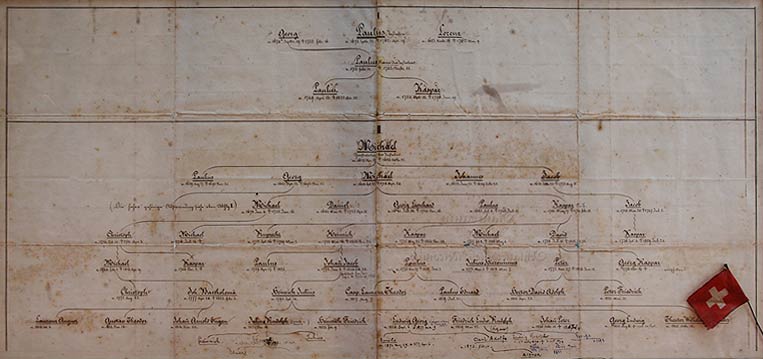
Around the mid-1800s four of the the twelve sons of Henry Schlatter moved to Italy (theirs was an old Swiss family with noble origins dating back to 1200).
Two brothers moved to Florence, where they started a flourishing trade in fabrics, one in Genoa, as consul and finally, Luigi Giorgio, was appointed Swiss consul general at the Papal States. In Rome he made several real estate investments and set up a bank, but soon, a series of adverse events destroyed his existence. First, his bank was forced to close after the cashier ran away with all the liquids, then, a few years later, in 1861 with the taking of Rome by the Savoy, all his properties were confiscated by the Italian state, against which filed an unnecessary cause that further wore out his forces.
At the age of 51, for reasons now unknown, he died, leaving his second wife Emilie De La Morte, with a small son: Carlo Adolfo …
… Just like in a novel, the two sisters, Emilie and Matilde De la Morte, had married two of the Schlatter brothers, so naturally, in that sad circumstance Emilie took refuge in Florence with her sister.
The two French sisters were very beautiful and Emilie, still young, regularly went on foot with her little son, to the cemetery of the Laurels on her husband’s grave.
The couple attracted their eyes along the Lungarno to Ponte Santa Trinita and then, going up to the Poggio Imperiale and in fact, it was so, that during this journey, she met her second husband.
Many years later, always on that journey, Carlo Adolfo also met his partner, a young student from the college of Poggio Imperiale, in front of which he passed to go to the cemetery of the Allori. Emma was the daughter of General Onorato Moni who, many years earlier had led the siege of Porta Pia, during the capture of Rome, and now, by a curious case, fate once again crossed the lives of their families. For this love at first sight Emma, defying the family, left the college to get married, against their opinion.
Adolfo immediately dedicated himself to art, fascinated by the Florentine environment of those years between Macchiaioli, decadentism, and symbolism, frequenting the artistic circles, he was strongly influenced by the knowledge of his compatriot Arnold Böcklin, also resident in Florence.
His artistic inclination led him to move away from his family and that of his wife, who would have preferred other occupations for him. By liquidating his part of the inheritance, he built the cottage in Campo di Marte, an area that was then considered to be in the countryside, the house, surrounded by greenery, as seen from the picture of his self-portrait, was in fact the first construction of Viale dei Mille.
He lived there with Emma, in a very simple way, completely devoted to painting and philosophy, theosophy and art were his life.
He wrote and illustrated his thoughts which were published in various publications of the time, but being contrary to the ‘art’ heritage, he lived with the revenues deriving from the sale of both copies of art, which antique dealers commissioned him, which of the designs for artistic wrought iron, of which, the two dragons on the roof of the house are an example, but never, of the sale of his paintings. It is for this reason that, since his works are not present on the market, but, being still preserved today almost all by the family, he has remained practically unknown.
In the family he remembers that it had happened that Emma appeared at the door of the study and asked: ‘Adolfo, what do I put on the table today? We have nothing to eat. ‘ In those cases he would then take a small picture and go out to sell it.
Other descendants
Many other stories intertwine and live in the house, such as those of Dina (the wife of Adolfo’s son) famous for her beauty, which Curzio Malaparte had also fallen in love with, but his life was changed by the happy meeting, dazzling, with Alfredo Schlatter, who became her husband. The contact with the house, the atmosphere of art and noble memories, transformed her from an almost illiterate commoner to an educated, self-taught woman, poet and sculptress (her works are also preserved in the house), frequenting lounges, not what a lady of the Knights of Malta.
The days of today
So, over the centuries, the house has come down to today to Alessandra, Adolfo’s great-grandson, who was a former antiques and interior designer, has been able to collect its spirit, and undertook a deep restoration to dust it from the abandonment that enveloped it, to revive it in a project that gives everyone the opportunity to get to know its history, re-evaluating the great grandfather’s artistic work and honoring its memory.
THE HISTORY

Around the mid-1800s four of the twelve sons of Henry Schlatter moved to Italy (theirs was an old Swiss family with noble origins dating back to 1200).
Two brothers moved to Florence, where they started a flourishing trade in fabrics, one in Genoa, as consul and finally, Luigi Giorgio, was appointed Swiss consul general at the Papal States. In Rome he made several real estate investments and set up a bank, but soon, a series of adverse events destroyed his existence. First, his bank was forced to close after the cashier ran away with all the liquids, then, a few years later, in 1861 with the taking of Rome by the Savoy, all his properties were confiscated by the Italian state, against which filed an unnecessary cause that further wore out his forces.
At the age of 51, for reasons now unknown, he died, leaving his second wife Emilie De La Morte, with a small son: Carlo Adolfo …
… Just like in a novel, the two sisters, Emilie and Matilde De la Morte, had married two of the Schlatter brothers, so naturally, in that sad circumstance Emilie took refuge in Florence with her sister.
The two French sisters were very beautiful and Emilie, still young, regularly went on foot with her little son, to the cemetery of the Laurels on her husband’s grave.
The couple attracted their eyes along the Lungarno to Ponte Santa Trinita and then, going up to the Poggio Imperiale and in fact, it was so, that during this journey, she met her second husband.
Many years later, always on that journey, Carlo Adolfo also met his partner, a young student from the college of Poggio Imperiale, in front of which he passed to go to the cemetery of the Allori. Emma was the daughter of General Onorato Moni who, many years earlier had led the siege of Porta Pia, during the capture of Rome, and now, by a curious case, fate once again crossed the lives of their families. For this love at first sight Emma, defying the family, left the college to get married, against their opinion.
Adolfo immediately dedicated himself to art, fascinated by the Florentine environment of those years between Macchiaioli, decadentism, and symbolism, frequenting the artistic circles, he was strongly influenced by the knowledge of his compatriot Arnold Böcklin, also resident in Florence.
His artistic inclination led him to move away from his family and that of his wife, who would have preferred other occupations for him. By liquidating his part of the inheritance, he built the cottage in Campo di Marte, an area that was then considered to be in the countryside, the house, surrounded by greenery, as seen from the picture of his self-portrait, was in fact the first construction of Viale dei Mille.
He lived there with Emma, in a very simple way, completely devoted to painting and philosophy, theosophy and art were his life.
He wrote and illustrated his thoughts which were published in various publications of the time, but being contrary to the ‘art’ heritage, he lived with the revenues deriving from the sale of both copies of art, which antique dealers commissioned him, which of the designs for artistic wrought iron, of which, the two dragons on the roof of the house are an example, but never, of the sale of his paintings. It is for this reason that, since his works are not present on the market, but, being still preserved today almost all by the family, he has remained practically unknown.
In the family he remembers that it had happened that Emma appeared at the door of the study and asked: ‘Adolfo, what do I put on the table today? We have nothing to eat. ‘ In those cases he would then take a small picture and go out to sell it.
Other descendants
Many other stories intertwine and live in the house, such as those of Dina (the wife of Adolfo’s son) famous for her beauty, which Curzio Malaparte had also fallen in love with, but his life was changed by the happy meeting, dazzling, with Alfredo Schlatter, who became her husband. The contact with the house, the atmosphere of art and noble memories, transformed her from an almost illiterate commoner to an educated, self-taught woman, poet and sculptress (her works are also preserved in the house), frequenting lounges, not what a lady of the Knights of Malta.
The days of today
So, over the centuries, the house has come down to today to Alessandra, Adolfo’s great-grandson, who was a former antiques and interior designer, has been able to collect its spirit, and undertook a deep restoration to dust it from the abandonment that enveloped it, to revive it in a project that gives everyone the opportunity to get to know its history, re-evaluating the great grandfather’s artistic work and honoring its memory.
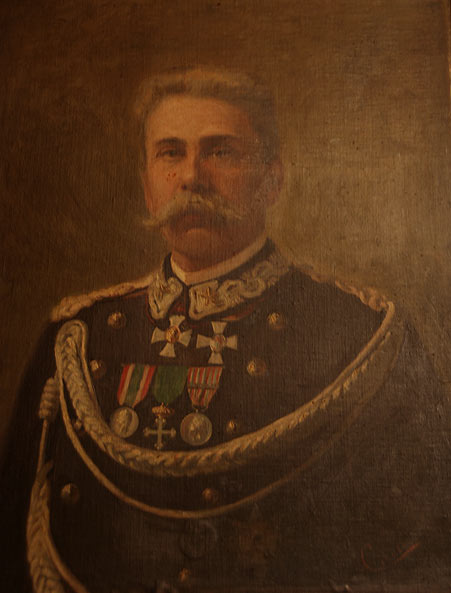
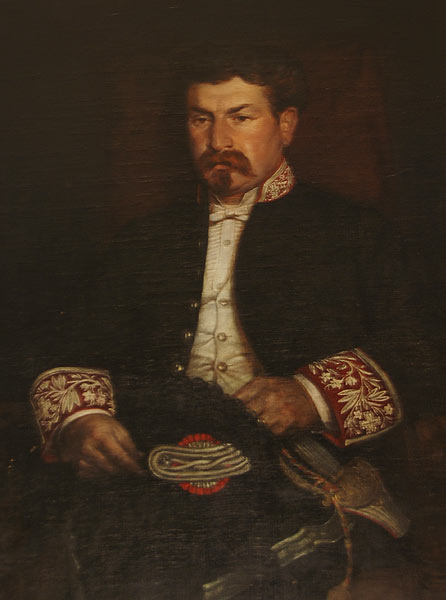

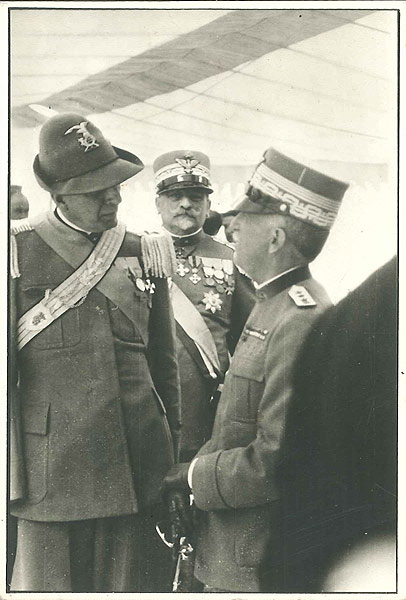
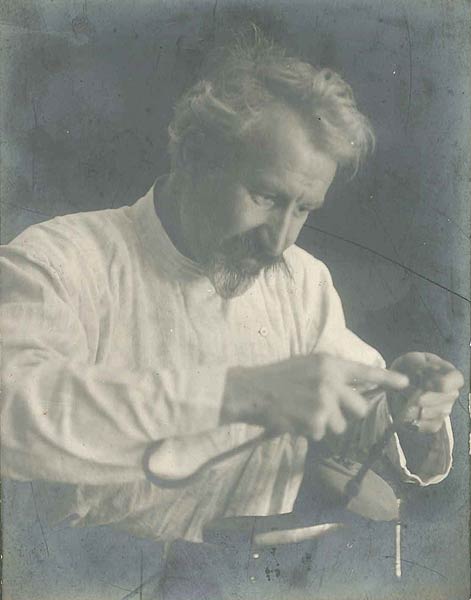

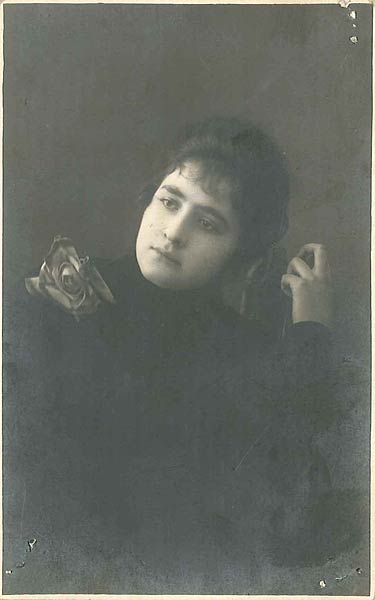
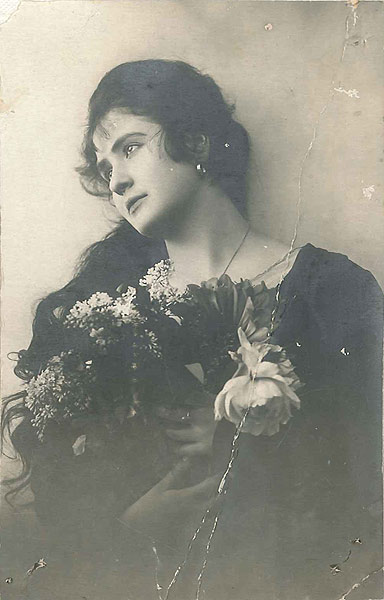
BECOME A MEMBER
BECOME A MEMBER
Where We Are
Copyright © 2020 Casa Schlatter. All Rights Reserved.
Viale dei mille n°14, 50131 Florence Italy
Partita Iva: 05886360485
Created by Marketing01




